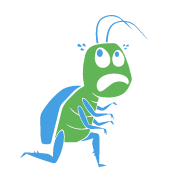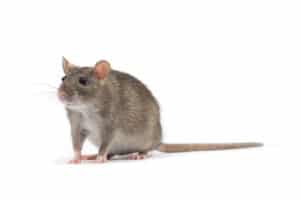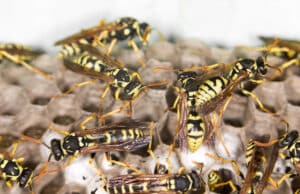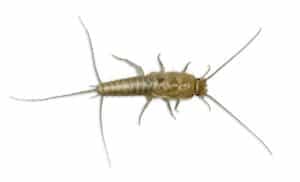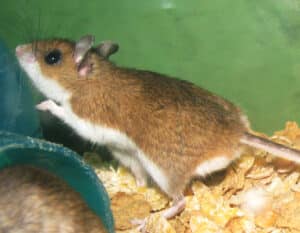Compact Carpenter Ant
Camponotus planatus
Pest Stats

Color
Reddish-brown head and thorax with a black abdomen.

Size
Workers range from 3 to 6 millimeters in length.

Shape
Segmented body with fine golden hairs, a rounded head, and a distinct contrast between the thorax and abdomen.

Region
Native to Central and South America, found in southern Texas, Florida, and Mississippi in the United States.
What is Compact Carpenter Ant?
What Do Compact Carpenter Ants Look Like?
Compact carpenter ants are small ants with a distinctive bicolored appearance. They have a reddish-brown head and thorax, while their abdomen is black, creating a noticeable contrast. Their bodies are covered in fine, golden hairs, especially on the head, thorax, and abdomen. Workers typically range from 3 to 6 millimeters in length, making them smaller than other carpenter ant species. Their segmented bodies and rounded heads give them a characteristic shape, distinguishing them from similar ants.
Similar Ants
- Florida Carpenter Ant (Camponotus floridanus)
- Black Carpenter Ant (Camponotus pennsylvanicus)
- Nearctic Carpenter Ant (Camponotus nearcticus)
Biology of Compact Carpenter Ants
The compact carpenter ant is a predominantly arboreal species that builds nests in dead branches, hollow twigs, and old termite galleries. These ants prefer warm, sun-exposed environments such as forest canopies, roadside vegetation, and agricultural lands. Colonies are relatively small compared to other carpenter ant species and often contain multiple queens, allowing for stable colony growth.
They are opportunistic feeders, preying on small insects and scavenging for food, while also tending to honeydew-producing insects like aphids. Unlike larger carpenter ants, they do not cause significant structural damage but may occasionally establish nests in decaying wood near homes. Their activity peaks in warm climates, making them more prevalent in tropical and subtropical regions. Due to their adaptability, compact carpenter ants can thrive in both natural and urban settings.
Habits of Compact Carpenter Ants
5 Ways To Prevent Compact Carpenter Ants in Your Home

Seal Entry Points
Inspect your home's exterior for cracks, gaps, and openings, especially around doors, windows, and utility lines, and seal them with silicone-based caulk to block potential entryways.

Eliminate Moisture Sources
Repair leaky pipes, ensure proper ventilation in attics and crawl spaces, and address any moisture buildup within walls to create an inhospitable environment for Compact Carpenter Ants.

Maintain Landscaping
Keep tree branches and shrubbery trimmed away from the house to prevent ants from using them as bridges to enter your home.

Properly Store Firewood and Building Materials
Store firewood at least 20 feet away from the house and five inches off the ground, and eliminate piles of lumber, bricks, or other debris that could serve as nesting sites for Compact Carpenter Ants.

Use Insecticide Barriers
Apply a residual insecticide barrier along the foundation of your home to deter ants from entering.
5 Ways To Keep Compact Carpenter Ants Out Of Your Home

Store Food Properly
Ants are highly attracted to food inside the home. Keep food stored in airtight containers, clean up crumbs or spills immediately, and regularly empty trash bins with food waste.

Clean Regularly
Ants are resourceful and will find even the smallest bits of food. Regularly sweep, mop, and wipe down countertops, especially in the kitchen and dining areas, to remove potential food sources. Pay attention to corners and crevices where crumbs might gather.

Reduce Moisture
Fix leaks and eliminate damp areas to remove the moisture that Compact Carpenter Ants seek out. Repair dripping faucets, leaky roofs, or poor drainage, and replace any damp or rotting wood.

Seal Cracks and Gaps Indoors
Just as with the exterior, inspect your home’s interior for small cracks or gaps where ants could enter. Seal any visible openings, especially around windows, door frames, baseboards, and along the edges of cabinets.

Don’t Leave Pet Food Out Overnight
If you have pets, avoid leaving their food out overnight. Ants are attracted to pet food, so clean up any leftover food, or place pet dishes in a shallow tray of water to create a barrier.
Our Customers Love Us!
See What They Are Saying


- Michael C.

- John U

- Benjamin N.

- Bob G.

- Aaron C.
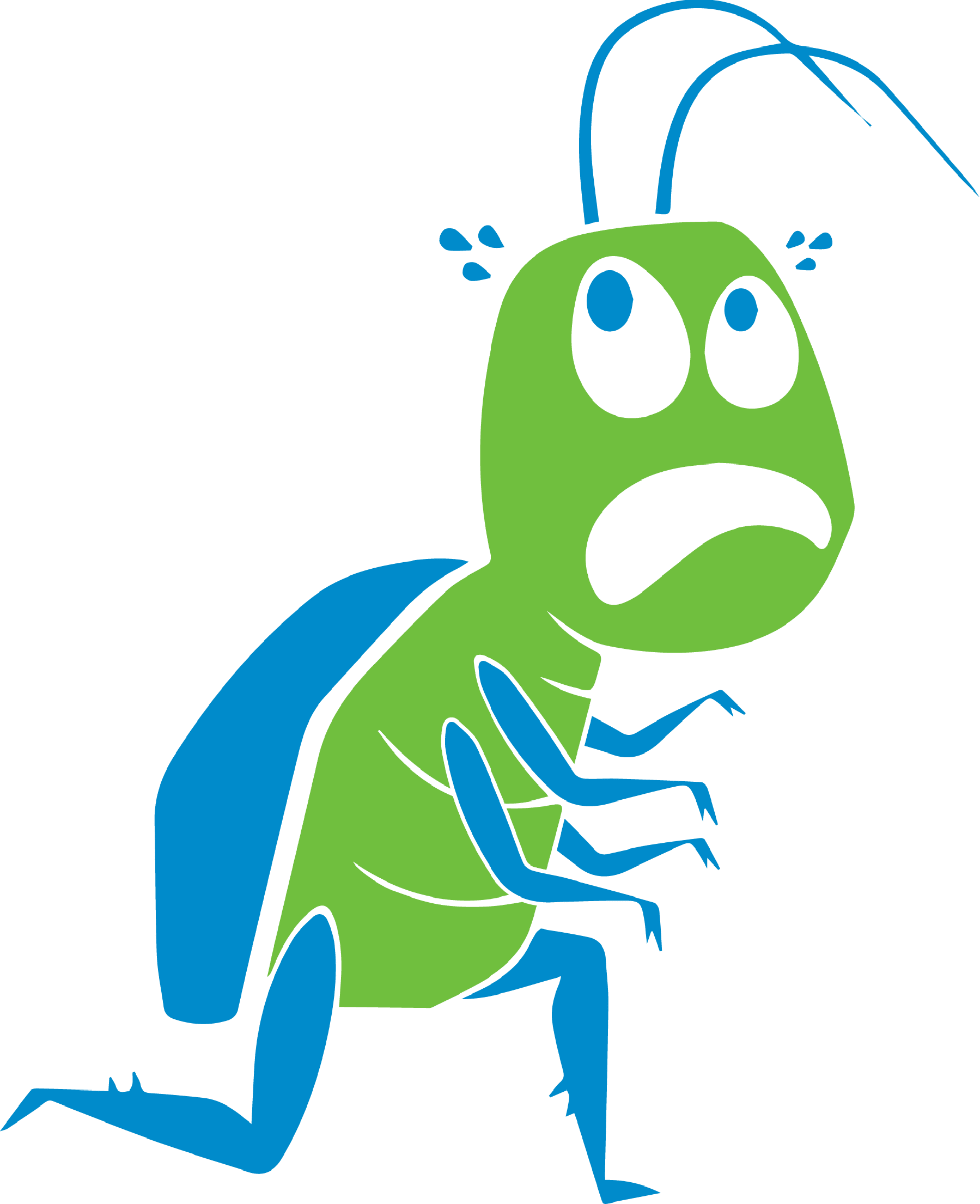
Dedicated To Being The Pest Control Company You Can Rely On
Request a professional estimate!
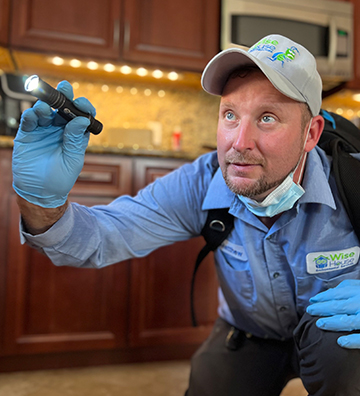
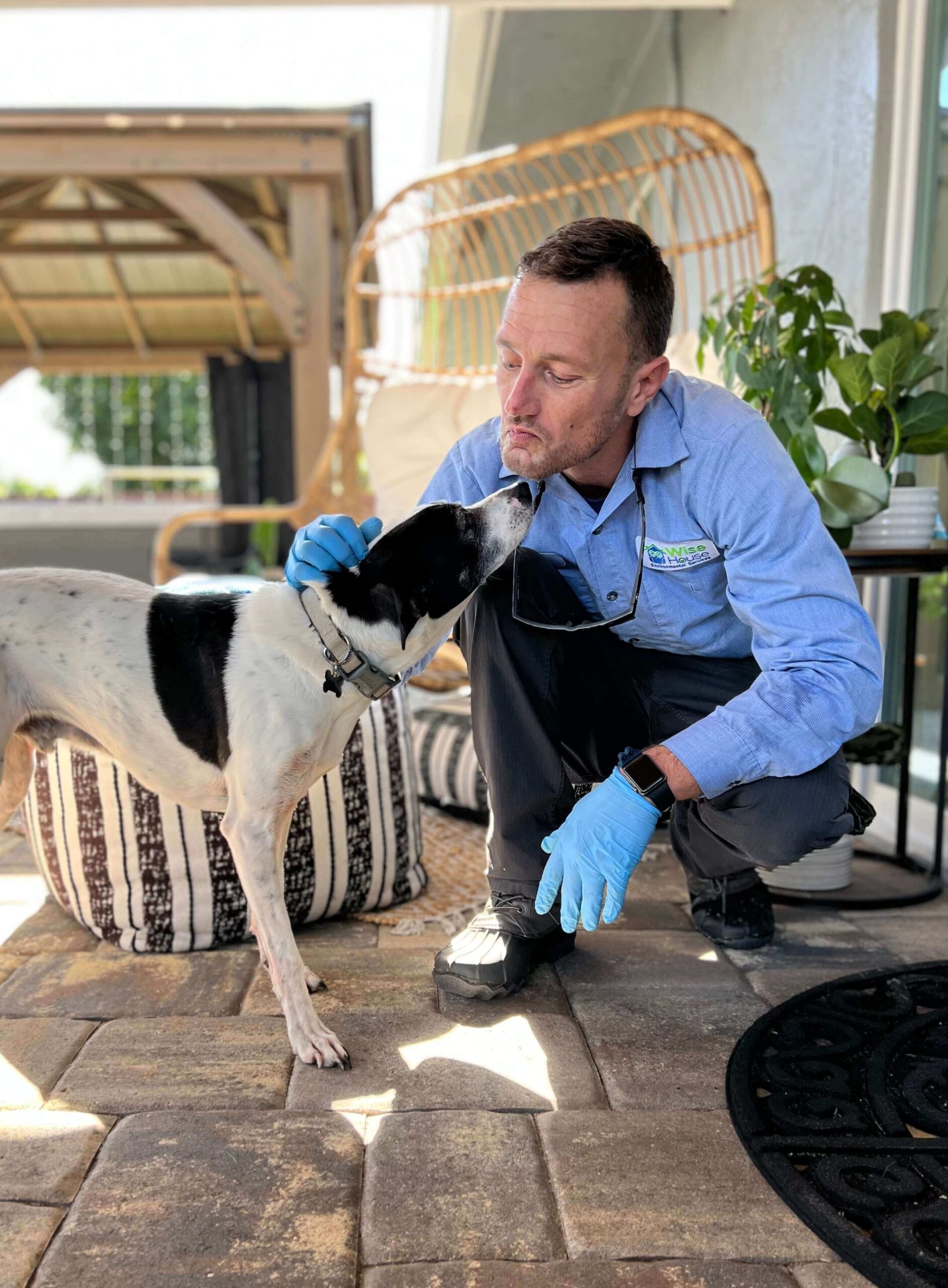
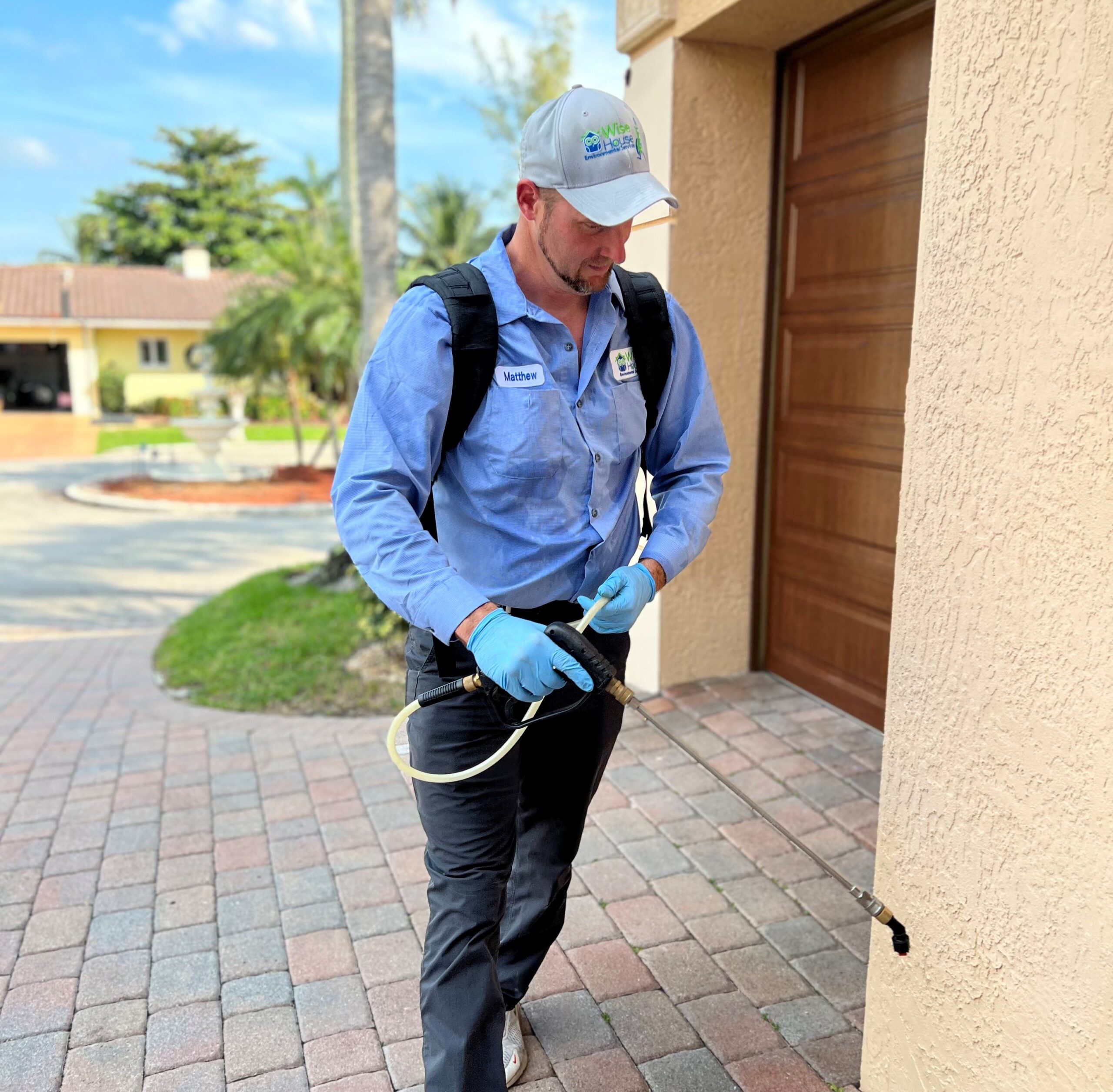
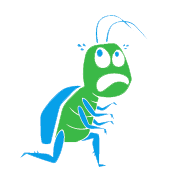
Request a Profesional Ant Quote!
Get an estimate!



